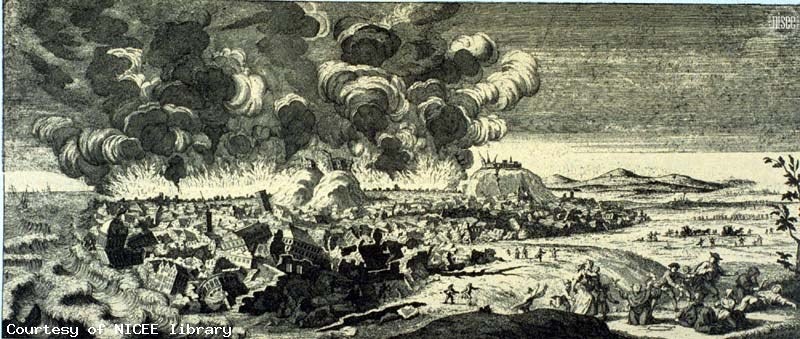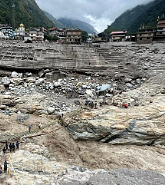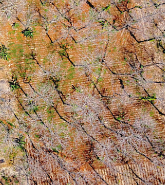It’s not difficult to turn yourself into a personal seismometer to calculate the approximate magnitude of an earthquake that you experience. I have employed this technique myself when feeling the all too common earthquakes in Tokyo for example.
In fact, by this means scientists have been able to deduce the size of some earthquakes long before the earliest earthquake recordings. One key measure of the size of the November 1, 1755 Great Lisbon earthquake, for example, is based on what was reported by the “personal seismometers” of Lisbon.

Lisbon seen from the east during the earthquake. Exaggerated fires and damage effects. People fleeing in the foreground. (Copper engraving, Netherlands, 1756) – Image and caption from the National Information Service for Earthquake Engineering image library via UC Berkeley Seismology Laboratory
So How Do You Become a Seismometer?
As soon as you feel that unsettling earthquake vibration, your most important action to become a seismometer is immediately to note the time. When the vibrations have finally calmed down, check how much time has elapsed. Did the vibrations last for ten seconds, or maybe two minutes?
Now to calculate the size of the earthquake
The duration of the vibrations helps to estimate the fault length. Fault ruptures that generate earthquake vibrations typically break at a speed of about two kilometers per second. So, a 100km long fault that starts to break at one end will take 50 seconds to rupture. If the rupture spreads symmetrically from the middle of the fault, it could all be over in half that time.
The fastest body wave (push-pull) vibrations radiate away from the fault at about 5km/sec, while the slowest up and down and side to side surface waves travel at around 2km/second. We call the procession of vibrations radiating away from the fault the “wave-train.” The wave train comprises vibrations traveling at different speeds, like a crowd of people some of whom start off running while others are dawdling. As a result the wave-train of vibrations takes longer to pass the further you are from the fault—by around 30 seconds per 100km.
If you are very close to the fault, the direction of fault rupture can also be important for how long the vibrations last. Yet these subtleties are not so significant because there are such big differences in how the length of fault rupture varies with magnitude.
Magnitude Fault Length Shaking duration
Mw 5 5km 2-3 seconds
Mw 6 15km 6-10 seconds
Mw 7 60km 20-40 seconds
Mw 8 200km 1-2 minutes
Mw 9500km 3-5 minutes
Shaking intensity tells you the distance from the fault rupture
As you note the duration of the vibrations, also pay attention to the strength of the shaking. For earthquakes above magnitude 6, this will tell you approximately how far you are away from the fault. If the most poorly constructed buildings are starting to disintegrate, then you are probably within 20-50km of the fault rupture; if the shaking feels like a long slow motion, you are at least 200km away.
Tsunami height confirms the magnitude of the earthquake
Tsunami height is also a good measure of the size of the earthquake. The tsunami is generated by the sudden change in the elevation of the sea floor that accompanies the fault rupture. And the overall volume of the displaced water will typically be a function of the area of the fault that ruptures and the displacement. There is even a “tsunami magnitude” based on the amplitude of the tsunami relative to distance from the fault source.
Estimating The Magnitude Of Lisbon
We know from the level of damage in Lisbon caused by the 1755 earthquake that the city was probably less than 100km from the fault rupture. We also have consistent reports that the shaking in the city lasted six minutes, which means the actual duration of fault rupture was probably about four minutes long. This puts the earthquake into the “close to Mw9” range—the largest earthquake in Europe for the last 500 years.
The earthquake’s accompanying tsunami reached heights of 20 meters in the western Algarve, confirming the earthquake was in the Mw9 range.
Safety Comes First
Next time you feel an earthquake remember self-preservation should always come first. “Drop” (beneath a table or bed), “cover and hold” is good advice if you are in a well-constructed building. If you are at the coast and feel an earthquake lasting more than a minute, you should immediately move to higher ground. Also, tsunamis can travel beyond where the earthquake is felt. If you ever see the sea slowly recede, then a tsunami is coming.
Let us know your experiences of earthquakes.








